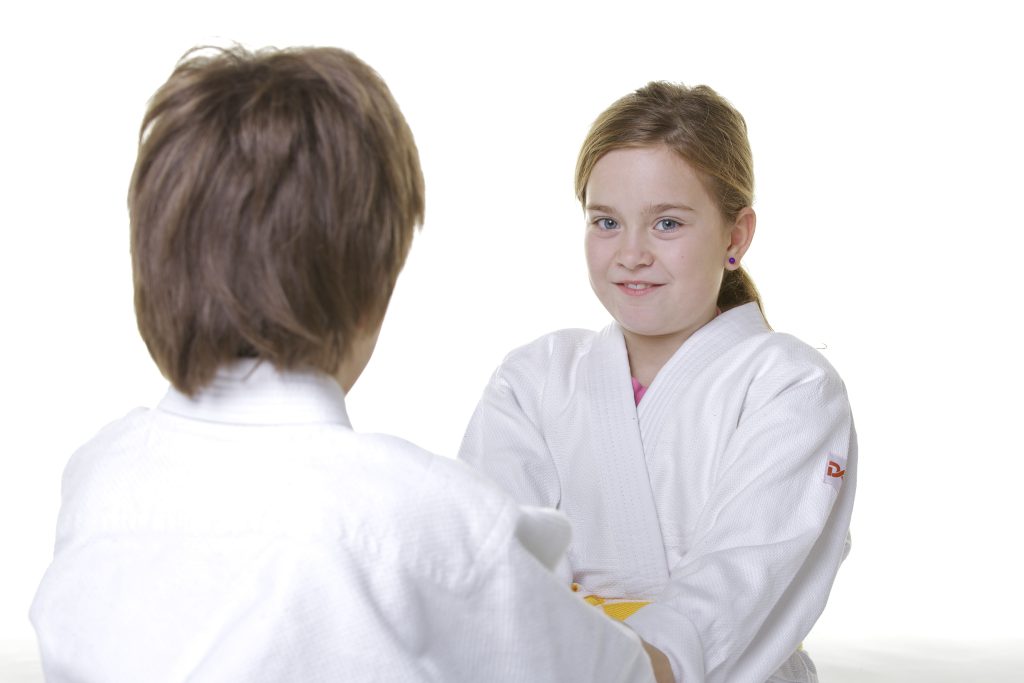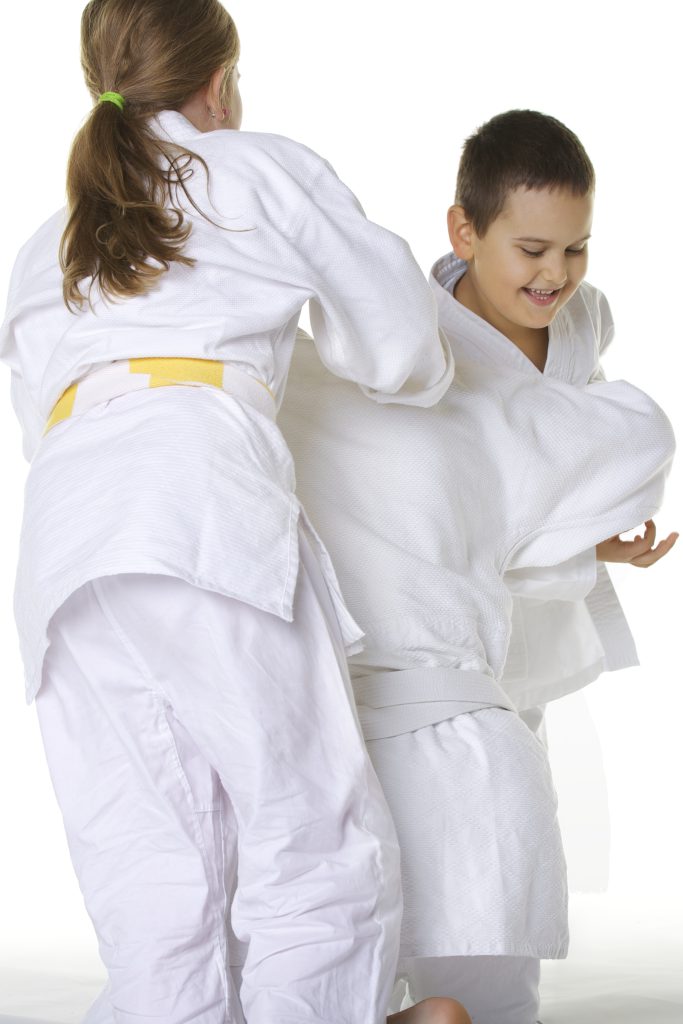Aikido for children
Aikido is also a wonderful thing for our younger fellows. Our children’s training not only promotes physical fitness and agility, but also automatically increases self-confidence and teaches important social skills such as respect, tolerance and courtesy towards others.
Recommended by
Journal Frankfurt – Frankfurt & Rhein-Main mit Kindern 2012
4 – 6 year olds (kindergarten children)
Here, the youngest children first learn that they can get along without their parents for a while and master difficult situations. Above all, the children learn to trust themselves, their training partners and the trainers in order to explore what they themselves are capable of.
6 – 12 year olds (school children)
In this group the technical aspect of Aikido is already more in the foreground. In addition to playful exercises, the children learn sometimes complex techniques that require all their concentration. From the age of 6, the first belt examinations can be taken. Advanced students train together with beginners in a community and support each other.
When the children are a bit older, traditional form training as well as the development of physical and mental endurance in conditioning training form the focus of our work with children in this age group. Both contribute to the development of an orderly physical intelligence from which the children can greatly benefit during puberty.
13 – 18 year olds (teenagers)
The teenagers train in their own group – the older ones can also train together with the adults from the age of about 16. We want to make it possible for the teenagers to train together with their peers and older people in order to create a pleasant atmosphere and fast progress for everyone.









